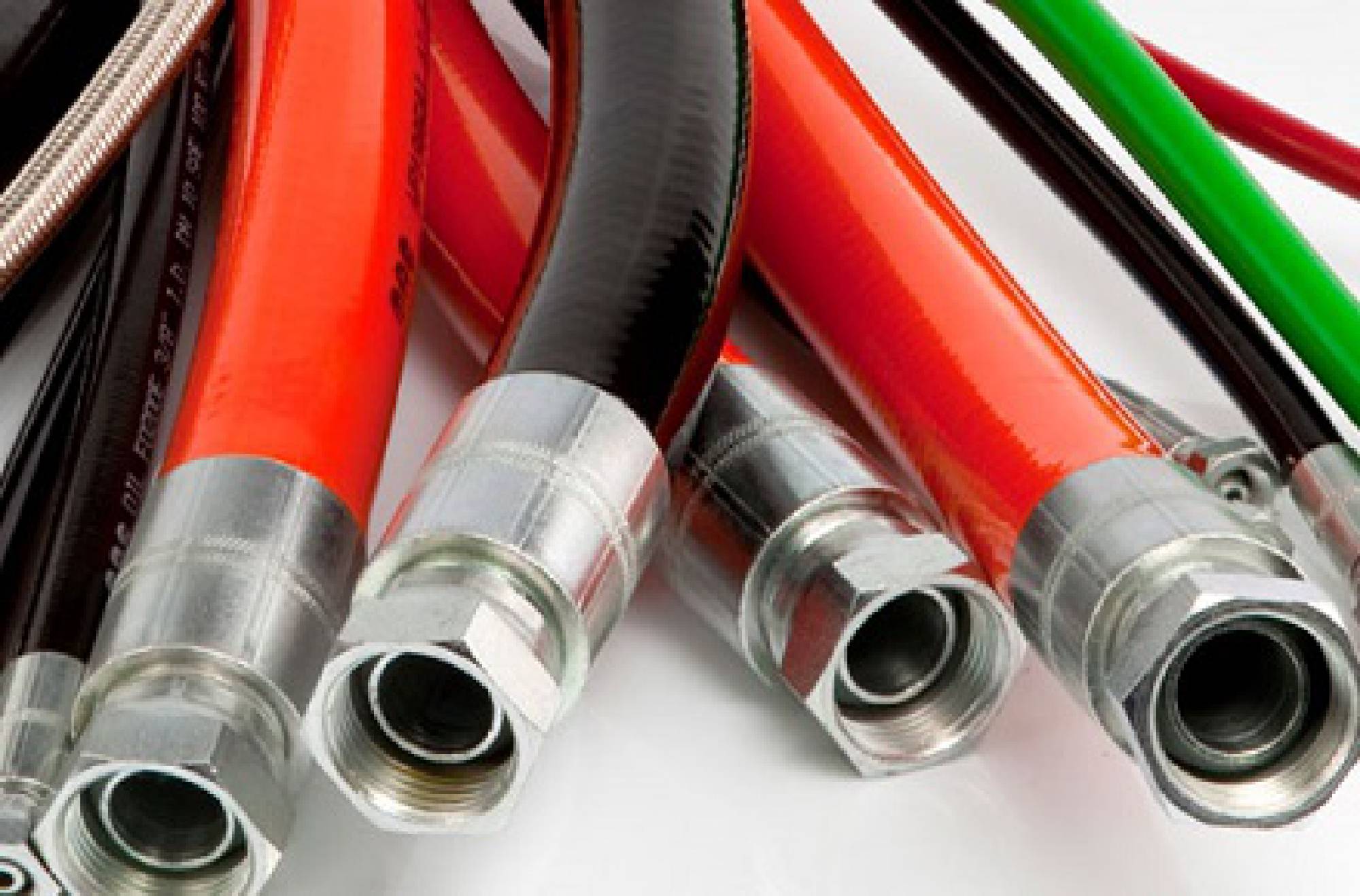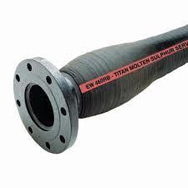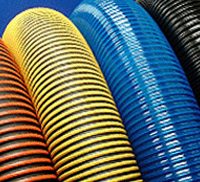Description
Thermoplastic hoses are common in both mobile and industrial equipment, and they are widely used in medium-to-high pressure hydraulic applications. Related products are often specified for handling compressed air and other gases, transporting chemicals, and in water-cleaning and paint-spray operations.
Like its rubber counterpart, thermoplastic hydraulic hose typically has an inner tube, one or more layers of reinforcement, and a protective cover. Where they differ, as the name implies, is in the materials of construction.
The specific polymers and type of design depend on numerous factors like pressure capability, compatibility with the fluids to be handled, temperature operating range, abrasion resistance, and the ability to withstand attack from chemicals, solvents, cleaning fluids, saltwater, ozone and UV radiation.
The inner tube, which contains the fluid, is made from plastics such as polyamide, polyester, and even fluoropolymers. The cover protects the internal reinforcement and tube, and it is typically made of materials like polyester, polyethylene, polyurethane, and PVC. Extreme-cold applications might require alternative materials like polyester elastomer or polytetrafluoroethylene (PTFE); and high temperatures might demand polymers like special polyolefins, polyamides or PTFE.



